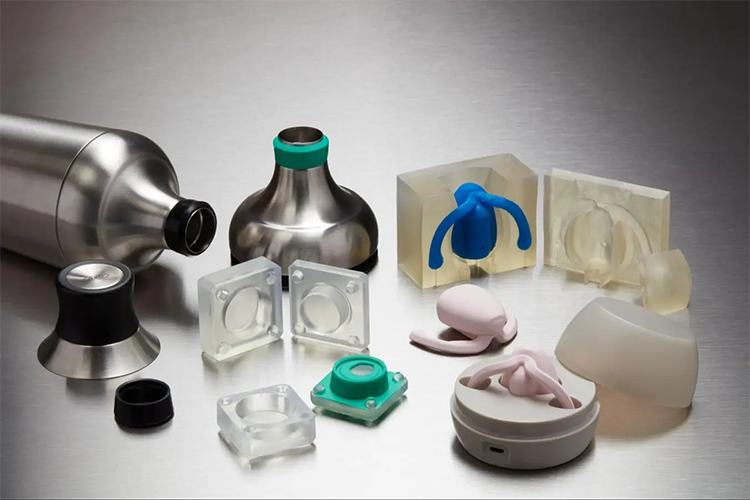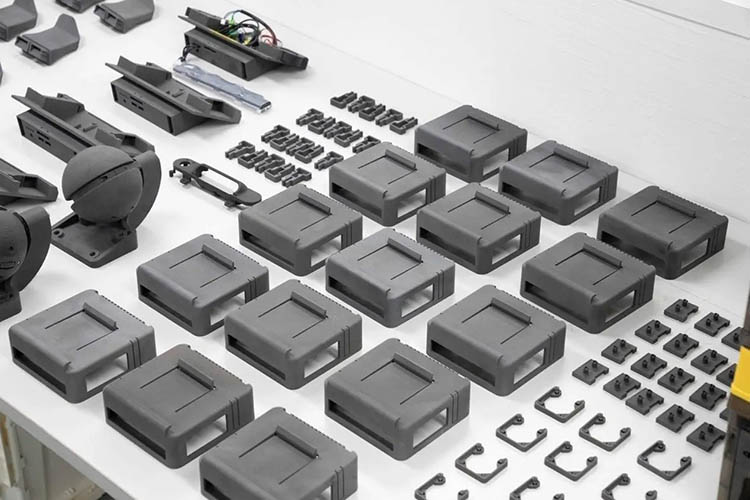Mold development is a crucial process in plastic product manufacturing, directly impacting product quality, production efficiency, and cost control. Understanding the structure of mold development costs, the factors that influence them, and how to optimize these costs can help businesses make informed decisions throughout the production process.

What Are Mold Development Costs?
Mold development costs refer to the expenses incurred in the design, manufacturing, debugging, and testing of molds needed to meet product design requirements before production begins. These costs typically include:
Mold Design Fee: Creating a design plan for the mold based on the product's requirements.
Mold Manufacturing Fee: Using precision equipment to manufacture the mold.
Material Cost: Selecting the appropriate materials (e.g., steel, aluminum) for mold production.
Debugging and Testing Fees: Conducting trial runs and adjustments to ensure the mold functions properly in production.
Maintenance Fees: Regular maintenance to ensure the mold remains in good condition and performs well over time.
Factors Influencing Mold Development Costs
Mold development costs are affected by several factors, and understanding these factors can help businesses optimize expenses. Key influencing factors include:
Complexity of the Mold: Complex molds require more processing time and technical expertise, which increases costs. For example, multi-cavity molds or those with specialized functions typically require more detailed design and manufacturing processes.
Product Design Specificity: Products with special functional or precision requirements or unique shapes increase the difficulty of mold design, which in turn raises development costs.
Material Selection: Different materials used for molds have varying manufacturing requirements, directly influencing development costs. Durable materials like hard steel tend to be more expensive but provide longer mold life and improve production efficiency.
Production Volume: Large production volumes usually help distribute mold development costs, reducing the unit cost. Conversely, small production runs tend to result in higher costs for each individual mold.
Development Timeline: Shorter development timelines often require more resources to expedite production, which can lead to additional costs. Properly planning the development timeline can help control costs.
Quality and Precision Requirements: High-precision and quality molds generally require more technical input, leading to higher development costs. For example, precision injection molds or molds requiring special surface treatments incur higher development fees.

How to Lower Mold Development Costs?
Although mold development costs are influenced by various factors, businesses can still implement strategies to optimize these costs. Here are some common optimization strategies:
Optimize Design: Fully plan the mold design phase to avoid unnecessary complexity and redundant features, which can help reduce development costs. A well-designed mold is easier to manufacture and maintain, minimizing the need for revisions and adjustments later.
Choose Materials Wisely: Select materials that balance cost and performance. Avoid overly expensive materials when they are not necessary for the production requirements. Choosing cost-effective materials can lower mold development costs without sacrificing quality.
Batch Production: When production volumes are higher, mold development costs can be distributed over more units, lowering the unit cost. Increasing production batches is an effective way to reduce overall development expenses.
Plan Development Timelines: By carefully planning the development schedule, businesses can avoid unnecessary rush production and better control costs. A well-managed timeline also allows resources to be allocated efficiently, avoiding extra costs caused by urgent timelines.
Regular Maintenance: Regular maintenance and care for molds can extend their lifespan and reduce long-term costs. Proper mold upkeep helps prevent issues during production, saving on repair or replacement expenses.
Okman Packaging Technology (Shanghai) Co., Ltd.’s Mold Development Expertise
Okman Packaging Technology (Shanghai) Co., Ltd. is a company specializing in plastic products and mold development, offering services such as injection molding, blow molding, mold development, printing, heat transfer printing, vacuum coating, ultrasonic treatment, labeling, and assembly. With rich experience in the development and production of PMMA (polymethyl methacrylate) and various engineering plastics, the company is particularly experienced in working with environmentally friendly and biodegradable materials like PLA and packaging for cosmetic containers.
As a company with years of experience in mold development, Okman Packaging possesses advanced production facilities and technical teams that can provide precise mold development solutions. Whether it’s specialized materials or large-scale production optimization, Okman offers professional support for businesses in need.
Through continuous technical innovation and optimization, Okman Packaging can effectively lower mold development costs while ensuring product quality and production efficiency. The company is committed to long-term cooperation with clients, offering customized mold development solutions that help clients succeed in the competitive market.
Conclusion
Mold development costs are an important part of plastic product manufacturing, and understanding their structure and influencing factors is key to optimizing production costs. Businesses can lower these costs through reasonable design, material selection, and production planning, while ensuring product quality and production efficiency. For businesses in need of mold development, choosing a professional partner like Okman Packaging Technology (Shanghai) Co., Ltd. can provide efficient, cost-controlled mold development solutions.

